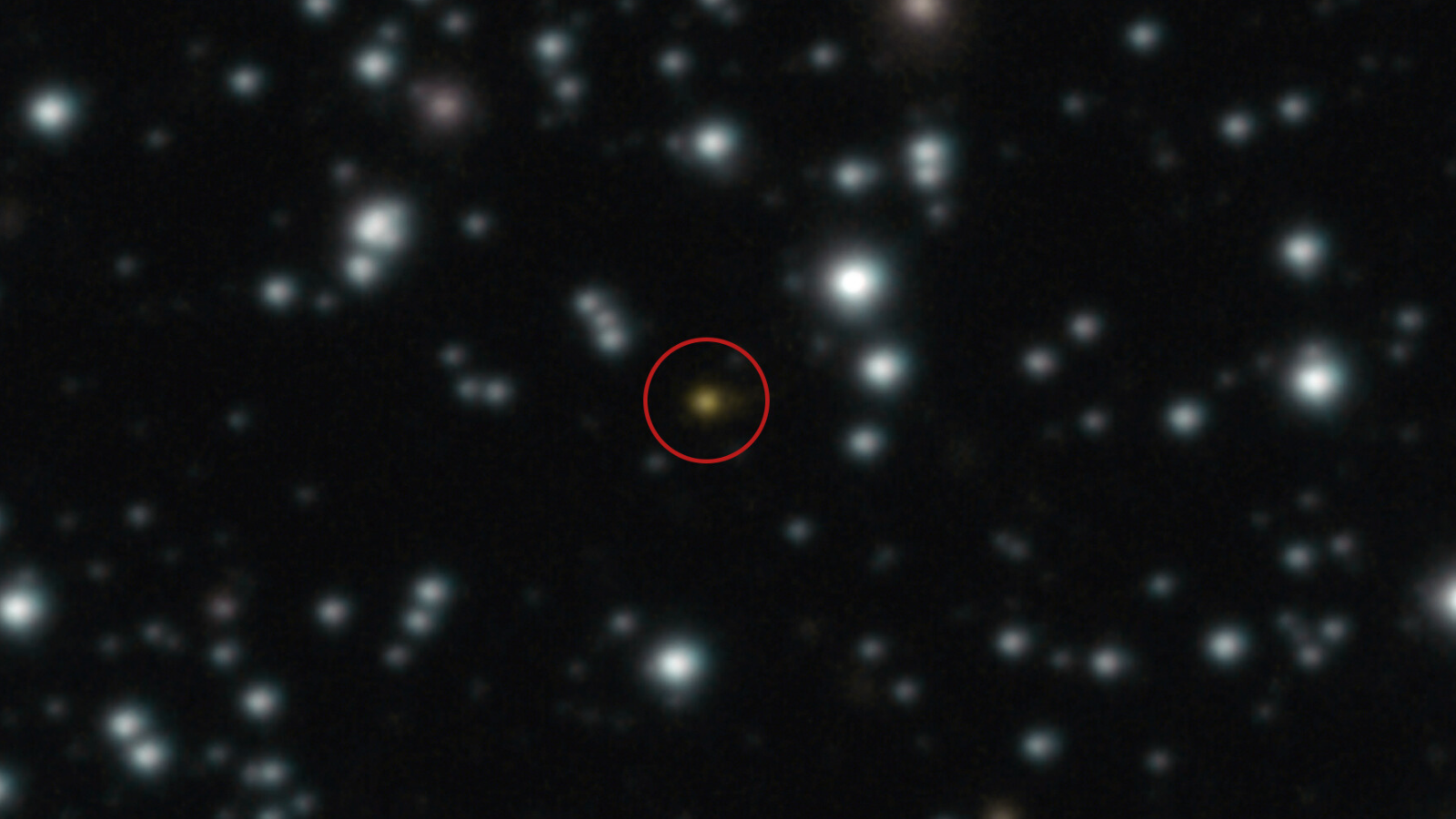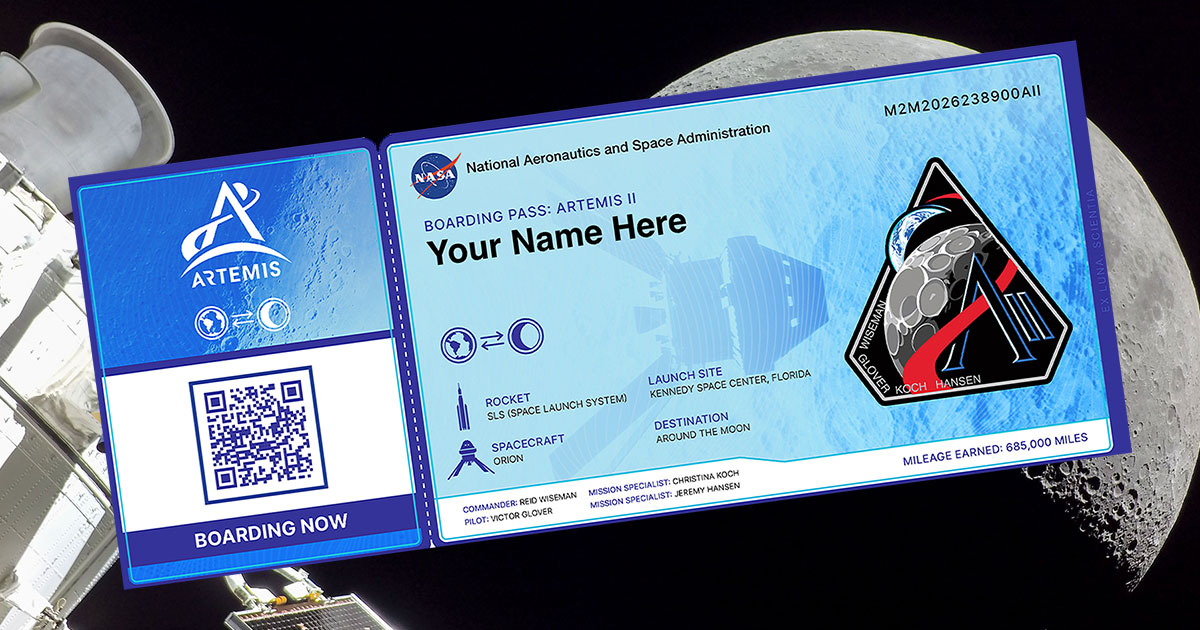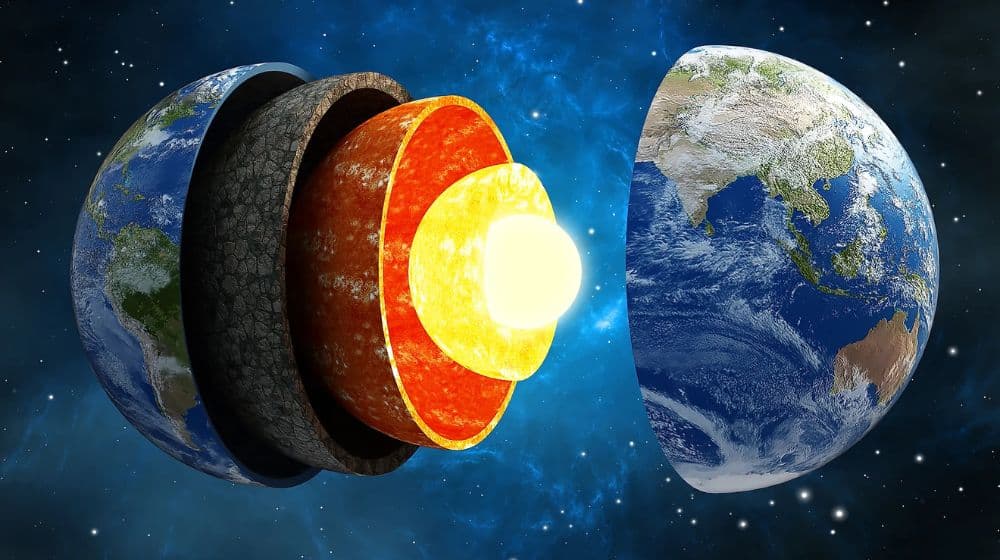Historic Images of the Sun's South Pole Captured by Solar Orbiter

In a groundbreaking achievement, scientists have successfully captured images of the Sun's enigmatic south pole for the very first time. This significant milestone not only sheds light on the intricate workings of our star but also has profound implications for our understanding of space weather, solar cycles, and the dynamic forces that govern our Solar System.
The Solar Orbiter, a collaborative mission between the European Space Agency (ESA) and NASA, has emerged as the first spacecraft to provide a photographic perspective of the Sun's south pole. This unprecedented view is essential as it unveils the complexities of the Sun's magnetic field, revealing that it is far more intricate than previously understood by scientists.
Moreover, this innovative imaging allows researchers to gain deeper insights into the movement of solar material and the mechanisms involved in the launch of solar wind into the vast expanse of space. With the Solar Orbiter capturing these critical images at a time coinciding with a rare magnetic field flip of the Sun, the timing of this mission could not be more opportune.
These findings hold the potential to enhance the accuracy of predictions regarding solar storms, which can have significant impacts on technological systems on Earth, including satellites and power grids. As solar activity can disrupt communications and power supply, understanding its dynamics becomes crucial for safeguarding modern infrastructure.
In a statement reflecting the excitement surrounding this achievement, Professor Carole Mundell, the ESA Director of Science, remarked, "Today we reveal humankind’s first-ever views of the Sun’s pole. These new unique views from our Solar Orbiter mission are the beginning of a new era of solar science." This declaration underscores the transformative nature of this research and the possibilities that lie ahead in solar studies.






























